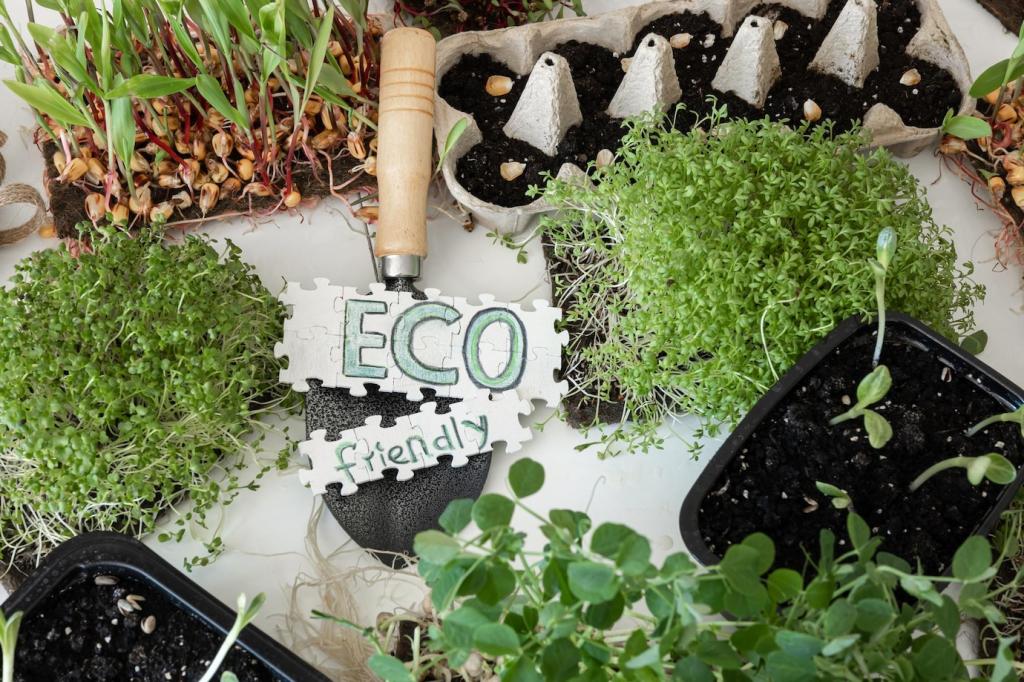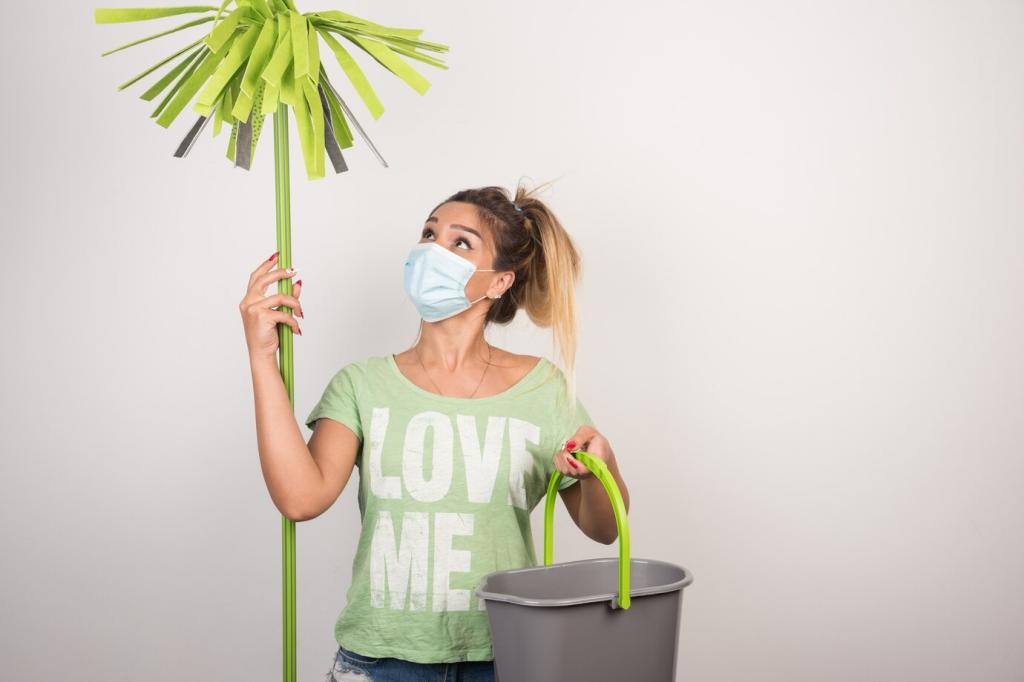Natural Products for Furniture Care: A Warm, Honest Guide
Chosen theme: Natural Products for Furniture Care. Step into a healthier, cozier home with plant-based oils, natural waxes, and gentle cleansers that nourish wood and preserve stories etched into every surface. Stay with us, subscribe for fresh tips, and share your favorite natural care rituals.



Why Natural Matters for the Pieces You Love
Conventional polishes can off-gas volatile organic compounds that linger in the air, especially in closed rooms. Natural waxes and plant oils minimize harsh fumes and synthetic fragrances, making maintenance feel calm, breathable, and family-friendly. If you have pets or kids, safe, low-odor care becomes more than preference—it becomes peace of mind.
Why Natural Matters for the Pieces You Love
Beeswax, carnauba wax, and cold-pressed oils are renewable, biodegradable, and gentle on finishes when used appropriately. They protect surfaces without building stubborn layers that require aggressive stripping later. Choosing these ingredients reduces waste and keeps the care cycle simple, circular, and mindful of the forests that gave us the wood.
DIY Natural Recipes for Everyday Care
Combine 240 ml distilled water with 1 teaspoon unscented castile soap and 4–6 drops lavender or lemon essential oil. Mist lightly onto a microfiber cloth, not directly on the wood, then wipe along the grain. This removes fingerprints and dust without wetting the surface excessively or leaving a stubborn film behind.

DIY Natural Recipes for Everyday Care
Melt 1 part beeswax with 3 parts light, stable oil such as fractionated coconut or camellia oil using a gentle double boiler. Stir until uniform, pour into a tin, and cool. Apply a thin coat with a soft cloth, let haze, then buff for a velvety glow that invites the hand.

Match Care to the Finish
Sealed finishes prefer light, water-based cleaning with a touch of gentle soap and a dry buff. Avoid heavy oils that cannot penetrate and may sit tacky on top. If you need extra shine, a thin natural wax can work, but use sparingly to avoid uneven build and persistent smears.
Tools, Routines, and Storage for Natural Care
Use lint-free cotton or microfiber cloths for application and a dedicated soft buffing cloth for shine. A gentle horsehair brush lifts dust from carvings without scratching. Keep everything clean and dry between uses to avoid transferring grit or old residue back onto freshly polished wood surfaces.


Tools, Routines, and Storage for Natural Care
Wood moves with the seasons, so aim for 40–55% indoor humidity and avoid direct, hot sunlight whenever possible. Dust weekly, deep-clean monthly, and re-wax only when the sheen dulls noticeably. Simple habits, consistently applied, protect finishes far better than occasional heavy-handed interventions that stress the surface.

Myth-Busting: Olive Oil, Vinegar, and Over-Polishing
Olive oil can turn tacky or rancid on surfaces; pick stable options like camellia or fractionated coconut for blends. Vinegar is acidic and can dull certain finishes, so use only in extremely dilute solutions on sealed surfaces. Above all, avoid over-polishing—thin, well-buffed applications outperform thick coats every time.

Read the Fine Print: Fragrance, Fillers, and Transparency
Look for products that list real ingredients: beeswax, carnauba, tung oil, citrus terpenes. Be cautious with vague terms like “fragrance,” which can hide synthetics and allergens. When available, consult safety data sheets and brand sourcing notes to understand purity, origin, and curing behavior before you commit.

Safety and Sensitivities: People, Pets, and Surfaces
Test in an inconspicuous spot, especially if using nut-derived oils around allergies. Ventilate lightly during application even with low-odor blends. Keep products locked away from pets, wipe up drips promptly, and let surfaces cure completely before regular use to avoid prints, smears, and accidental ingestion risks.
